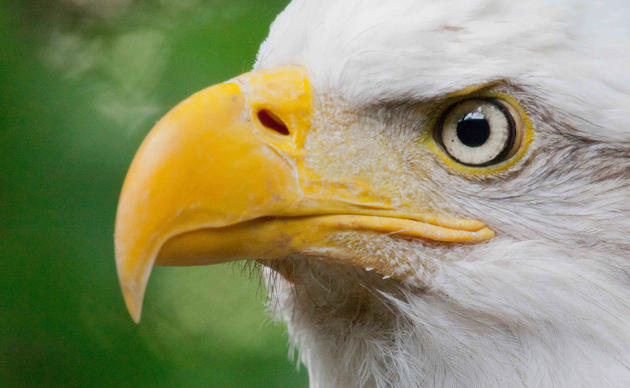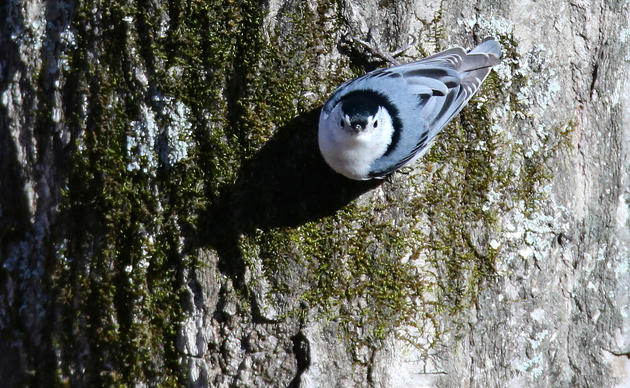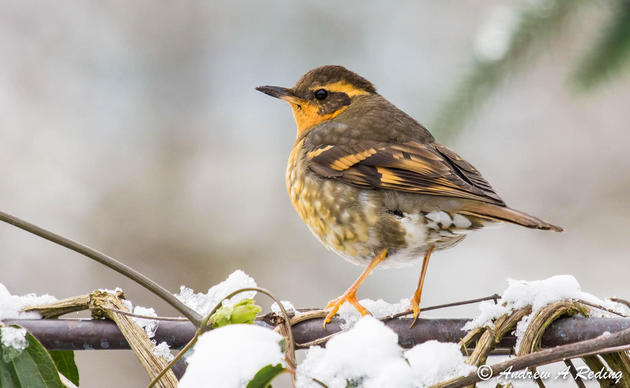In Flight Maps, Price uses vignettes from history to show how our culture has come to define nature. She grapples with the deep disconnect between our urban lifestyles and how we connect with nature; asking the question: If nature is "out there" in remote places infrequently visited, how do we make it meaningful "in here" where we actually live?
In Chapter 2, When Men Were Men, Women Were Women, and Birds Were Hats, she highlights the pivotal role of the women's movement in creating the National Audubon Society and setting the cornerstone of the today’s conservation movement. Boycotting the use of wild bird feathers and body parts in women’s hats became a galvanizing issue for women in the 1890s. Women’s club members were outraged when they read how commercial market hunters were slaughtering whole colonies of mother egrets and mother herons, and leaving their young to starve, in order to supply feathers for women’s hats. As the “hands that rock the cradle,” women saw themselves as the keepers of the moral fabric of society. Hats decorated with wild bird feathers and body parts came to symbolize vain and shallow women who were slaves to fashion. These Victorian concepts of motherhood resonated with middle and upper-class class women around the world. Images of the mutilated corpses of mother birds in the service of the millinery trade turned women by the thousands into activists. The effect was far more powerful than the arguments of naturalists and ornithologists about the threat of extinctions, or the protection of birds for their beauty or environmental value.
In 1896, Boston philanthropist Harriet Hemenway and her cousin Minna Hall searched the Boston social register and persuaded some 900 prominent women to sign on to a boycott of the use of wild bird feathers in women’s hats. Harriet proceeded to found the Massachusetts Audubon Society, the first in the world. The movement quickly spread among women’s clubs. By 1898, state-level Audubon Societies had been established in Pennsylvania, New York, New Hampshire, Illinois, Maine, Wisconsin, New Jersey, Rhode Island, Connecticut, the District of Columbia, Ohio, Indiana, Tennessee, Minnesota, Texas, and California. Even Queen Victoria announced that she would no longer wear clothing with bird feathers or animal parts. In 1905, state Audubon organizations merged to form the National Association of Audubon Societies, which was shortened in the mid-1940s to the National Audubon Society.
Audubon organizations soon shed their image as “women’s clubs” by recruiting prominent male scientists and ornithologists into positions of leadership; and broadening their membership to include men, as well as women. The National Audubon Society has become a nationwide movement of some 1.2 million men and women whose commitment to protecting birds and wildlife transcends both gender and partisan politics.
AuduBlog
This Month's Birdy Book: "Flight Maps" by Jennifer Price
A book review by Gene Bullock, Kitsap Audubon Society



